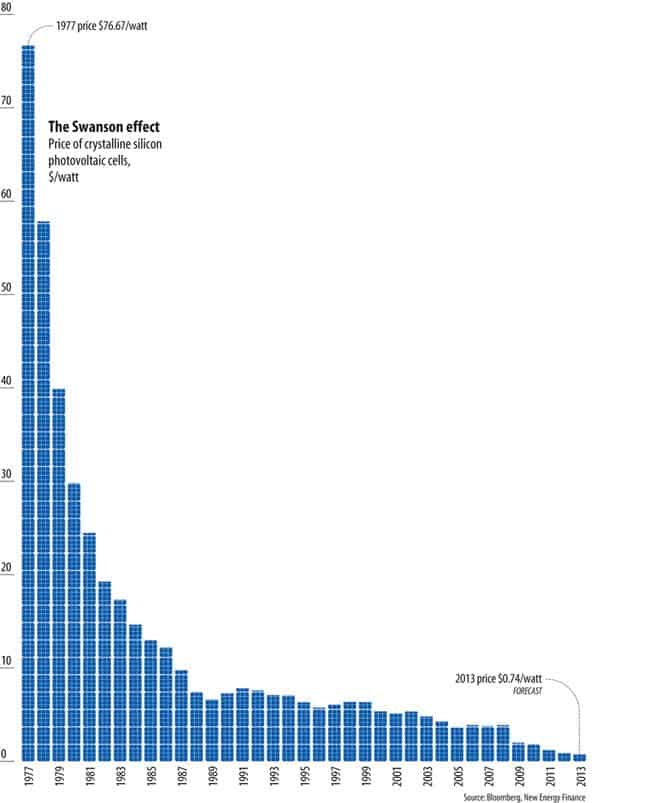Regardless of what one fossil-fuel-lover president may do, renewable energy is thriving in the US. Even though solar power provides just a drop in the country’s energy consumption bucket, it already provides more than twice the jobs coal provides.

A new survey from the nonprofit Solar Foundation found that the industry employs more than 260,000 people:
“Solar employs slightly more workers than natural gas, over twice as many as coal, over three times that of wind energy, and almost five times the number employed in nuclear energy,” the report notes. “Only oil/petroleum has more employment (by 38%) than solar.”
This is impressive when you consider that gas and coal produce much more energy than solar and still they provide fewer jobs, but the comparison isn’t exactly fair. Most of the jobs in solar come from installation, so they are not permanent. This is especially important because solar is growing from a very tiny base, whereas coal, gas, and oil are already well established. Lots of people are installing solar panels, but no one is making new coal plants — or rather, almost no one.
But looking at it from the point of view of costs, it’s not exactly a good thing that solar is creating all these jobs.
The only reason why solar isn’t dreadfully cheap is directly tied to manpower costs. Solar is much more labor-intensive than you’d think, requiring more manpower per megawatt-hour than any other power source. The natural gas industry employs as many people as solar but provides nearly 50 times as much energy, according to Vox. Technology advancements are bringing the price of solar energy lower and lower, but as more and more panels get installed, the overall cost of solar will dwindle even more, diluting the installation costs. Sure, a dominant solar industry won’t provide nearly as many jobs, but in the meantime, the argument that renewable doesn’t create new jobs is null and void. Justifying a return to fossil fuel based on that would be reckless and in the current climate, immoral.






